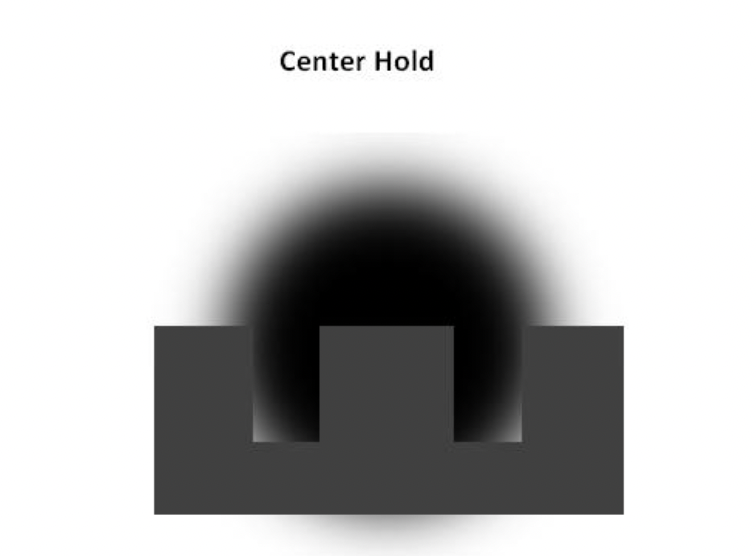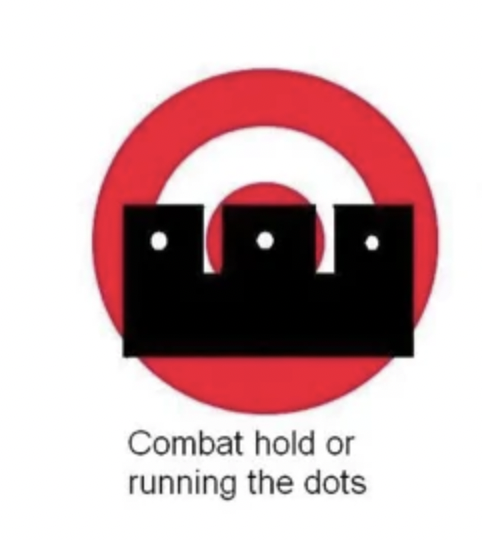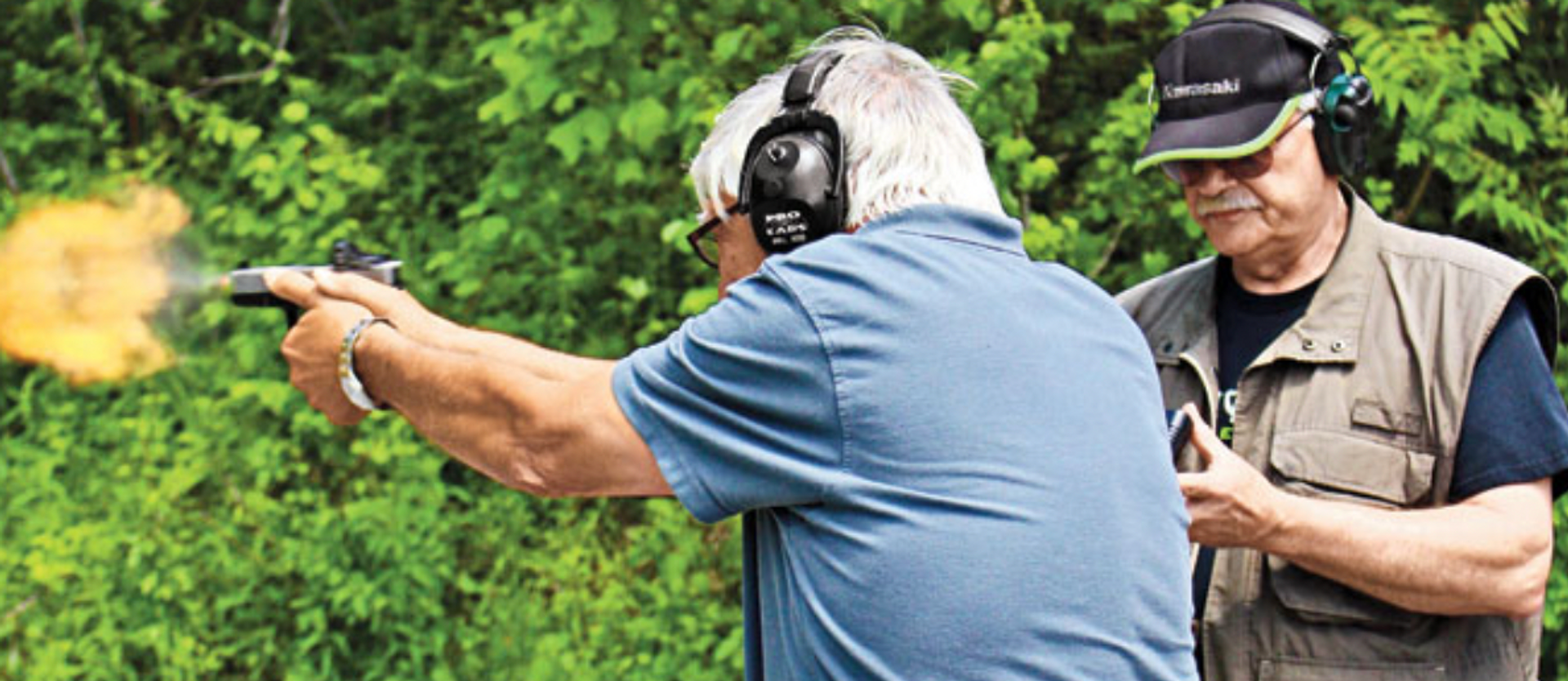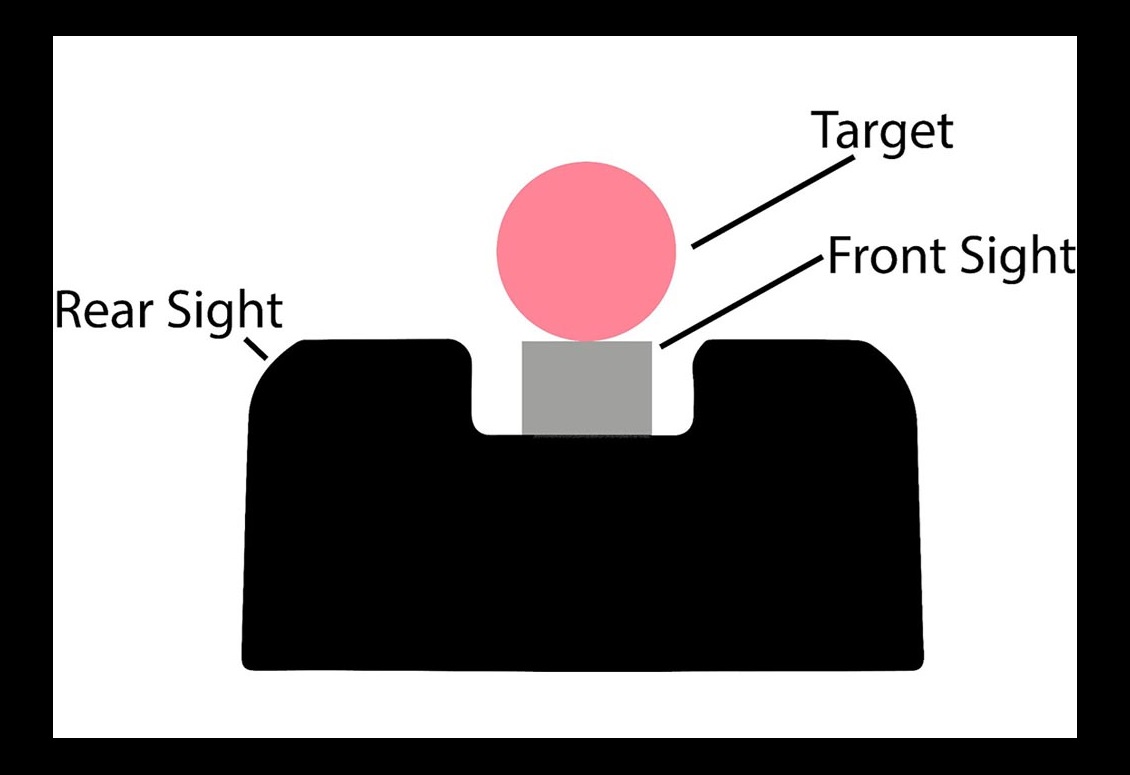Sight Picture vs Sight Alignment
While shooting a handgun, most people tend to point the gun in the direction they are looking and expect to hit their target. However, experienced shooters know that you have to align your sights with one another which is known as sight alignment. Once you align your sights with one another, you then have to arrange the sights together on the target and that is called sight picture. Sight Picture and Sight Alignment are the two most important elements to shooting and are key to getting your shots on target.
Sight Alignment
Most handguns, like our GST-9, come equipped with iron sights and they may vary depending on the brand. Some sights may be shaped differently however, the function and platform does not change.
In simple terms, sight alignment is the way you position your front and rear sights on your gun and if it is done properly, sight alignment should not change no matter the size, or shape or of your sights.
In order to accurately shoot your target, your sights need to be aligned properly- your front post needs to be aligned evenly in the center of your rear sight. If your front sight is above each notch on your rear sight, that means it is too high and you will end up shooting above your target. If your front sight is low, expect to shoot below your target. It's important that your front and rear sights are lined up horizontally and vertically.
Sight picture
Now that you’ve gotten sight alignment down, you can now work on the other half of the equation- sight picture. Sight picture is what your eyes see when your sights are aligned and aimed at the intended target. If done correctly, expect your shot to accurately hit where you intended.
In order to achieve success with sight picture, you need to understand eye dominance. Just like how everyone has a dominant hand, believe it or not you also have a dominant eye. Your dominant eye should be the same as your dominant hand, unless you are cross-eye dominant, meaning your left hand is dominant but your dominant eye is your right eye or vice versa.
It's important to understand this because if you are aligning your sights with your non-dominant eye, it will impact the target's position far off to the side of wherever it may be that you are aiming.
Once you are able to clearly see and focus on your front sights placed on the target, it’s important to know the different types of sight picture holds.
Different manufacturers design their hand guns with sight picture in mind so it’s important to know what sight picture is used for your firearm although a shooter is able to identify which hold works best for them through adequate training. Determining which Sight Picture Hold works best for you involves a lot of trial and error but once you get it down, your shots will become consistently accurate.

Center-Mass Hold
This is when the front sight is positioned directly in the center of the target.
If you experience complications with elevation shots or have trouble in various light conditions, center mass hold might be the hold for you!

Combat Hold
The combat hold is the most popular hold for sight picture. This is when the front sight is positioned high up on the center of the target completely covering it up at the 12 o’clock position. This hold is best for bad lighting situations and for faster sight acquisition.
6’ O'clock Hold
This hold is positioned on and directly underneath the center of the target at the 6 o'clock position. The end result should result with your target lining up with your target resembling a lollipop or a pumpkin on a stick.
Conclusion
Even though sight picture and sight alignment sound similar they are not the same and it's important to practice both separately. While practicing, it's important to make sure you are aligning your rear and front sights vertically and horizontally. Also, it's crucial that you train your eyes while practicing sight picture.
As a beginner it's strongly recommended to begin training with only your dominant eye open to understand depth and sight picture. Once you are able to shoot with your dominant eye, you can then move to shooting with both of your eyes open for situational awareness. However, if you’re focusing on your target then later experience double vision, it may be best to train with your non-dominant eye closed. As crazy as that sounds, it will help you align your sights on the target without your dominant eye later making eye dominance not matter as much.




 Back to List
Back to List